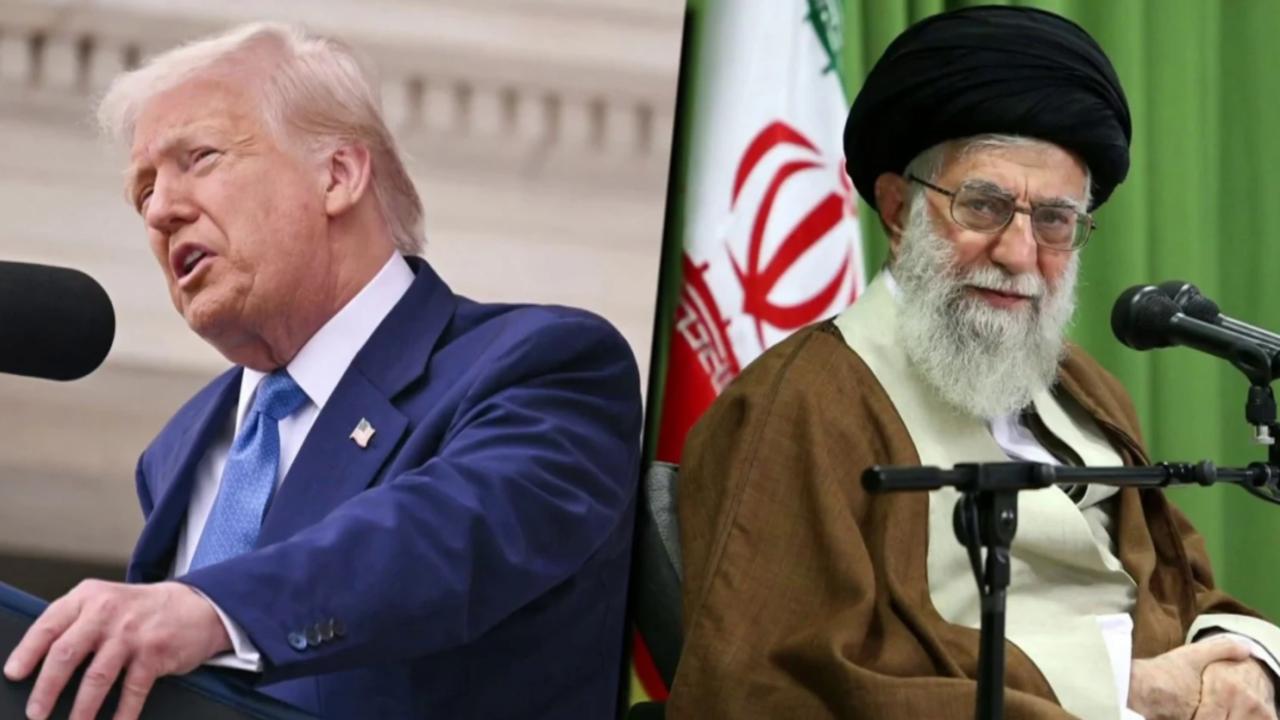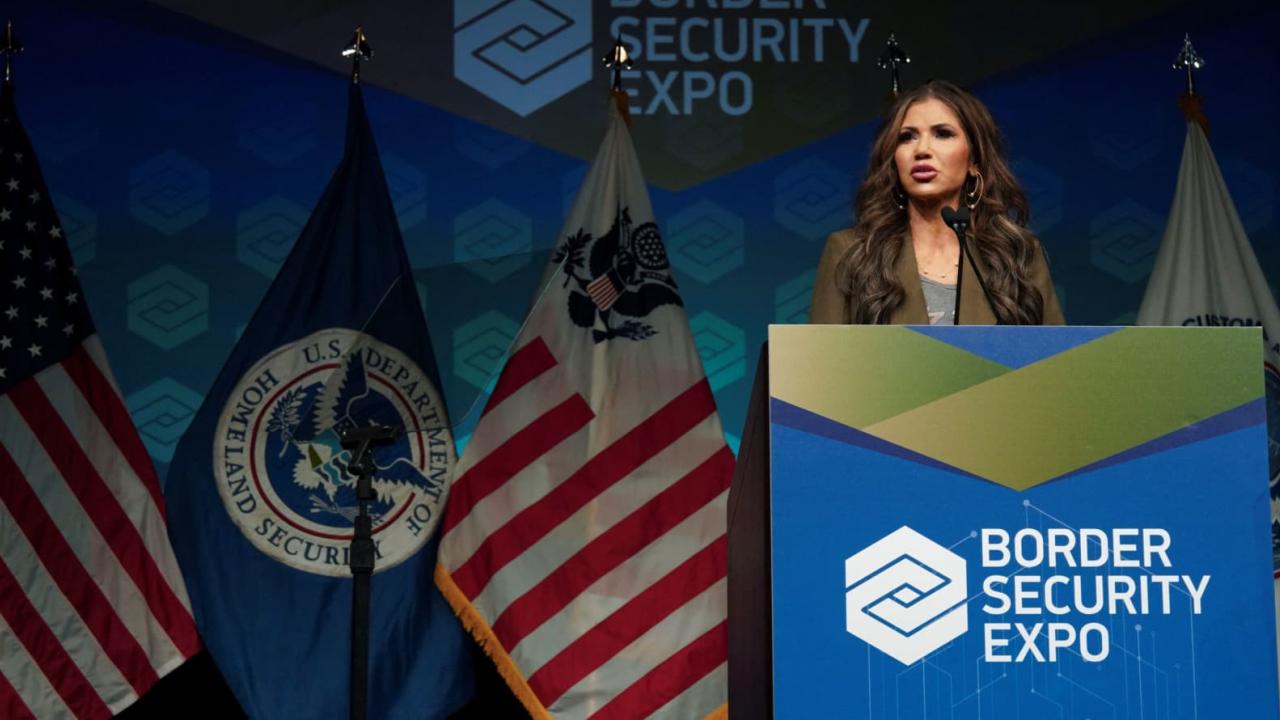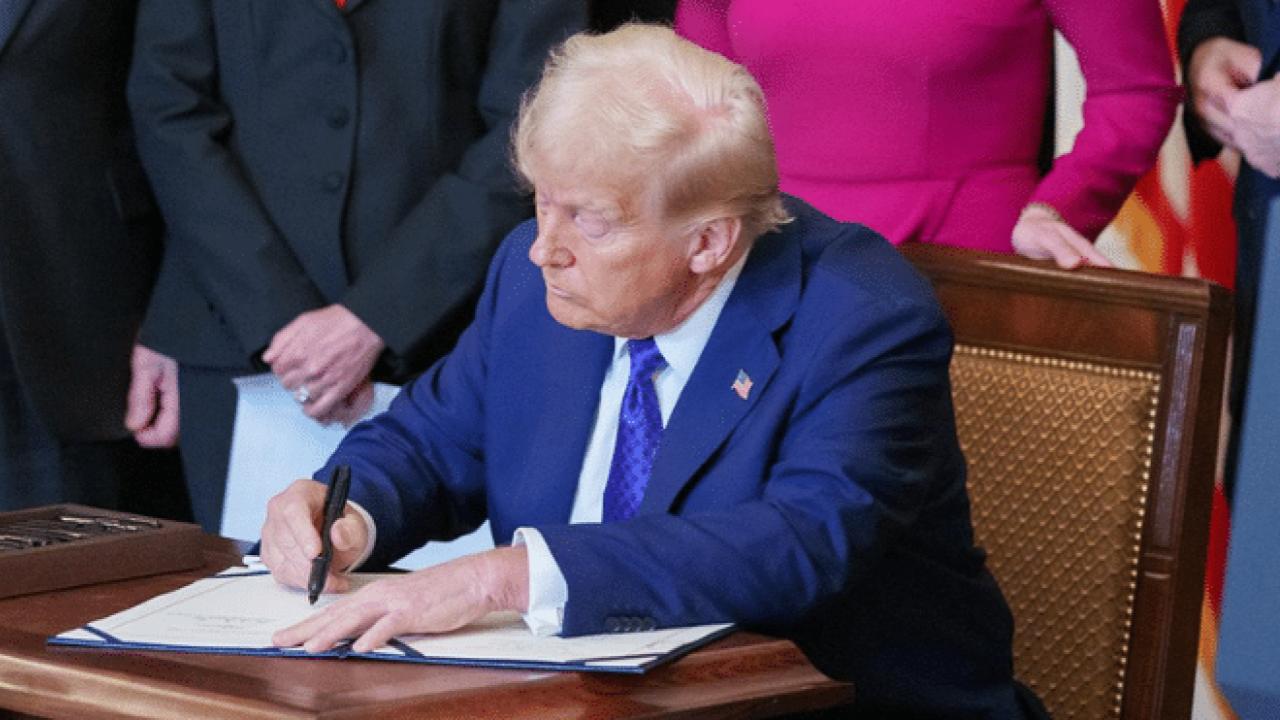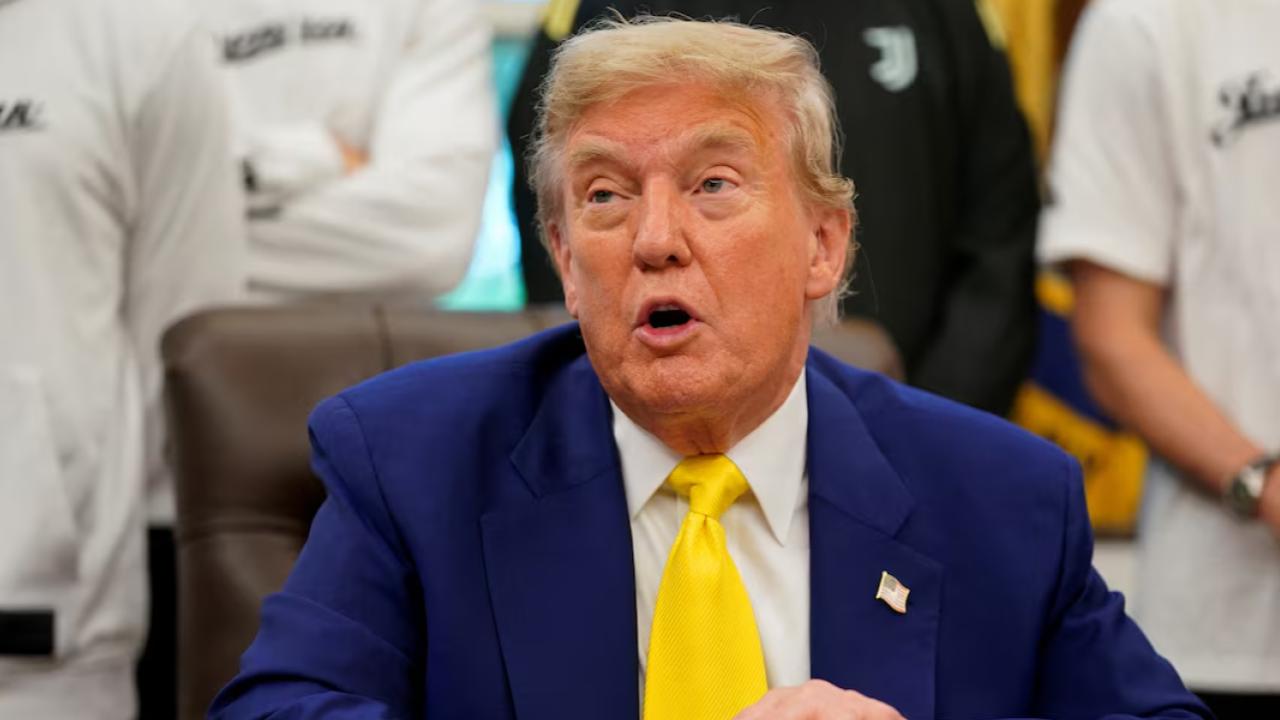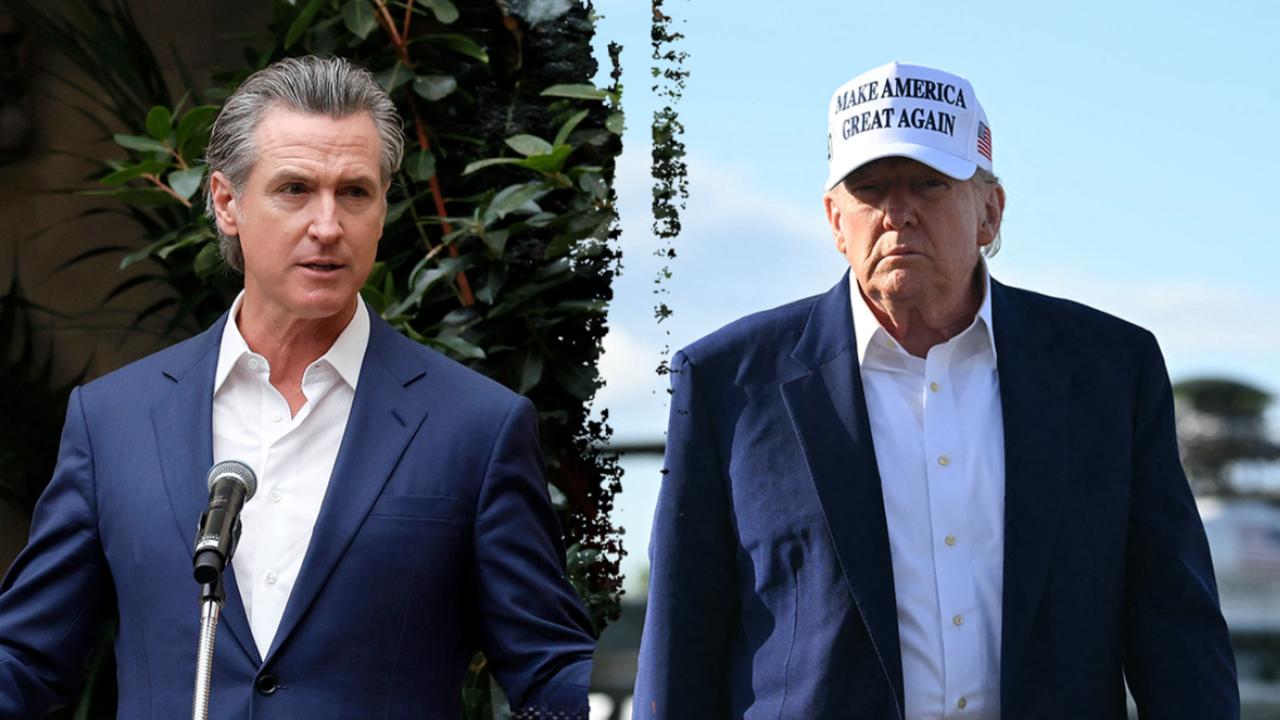Donald Trump has always known how to stall. Whether it’s pushing back legal dates or teasing foreign policy decisions with a vague “two weeks,” his go-to move isn’t about indecision—it’s about control.
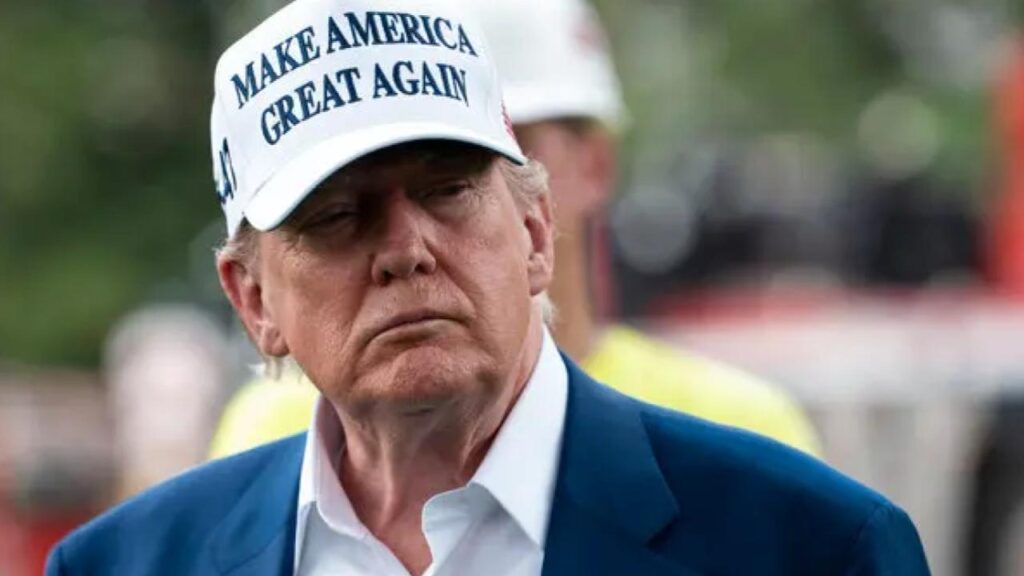
In a recent twist, Trump requested a delay in his sentencing for the Manhattan hush-money case. Instead of the original July 11 date, the court now plans to reconvene on November 26—well after the 2025 election. That seemingly simple shift isn’t just a legal maneuver; it’s a window into what he’s really planning.
Trump Just Bought Himself Time
| Takeaway | Insight |
|---|---|
| Delay gives Trump breathing room | Trump is using another delay—“within two weeks”—to hedge his decisions, a familiar tactic to avoid immediate consequences. |
| Legal deadlines shifted past November | Sentencing in his Manhattan hush‑money case has been moved to November 26, likely tilting impact past the election . |
| Project 2025 in motion | Roughly two‑thirds of his early executive actions mirror proposals from the Heritage Foundation’s Project 2025. |
Trump’s latest two‑week delay isn’t merely a pause—it’s a strategic reset. While the spotlight stays off his legal battles, he’s rolling out policies pulled directly from Project 2025. Come fall, the groundwork for a radically reshaped second term may be already in place. What matters next is whether any unanticipated event breaks that carefully controlled pause—and how much runway remains before the legal world reclaims the stage.
Why this “two‑week” move isn’t just a pause
Trump’s latest delay—stating that he’ll act on Iran “within two weeks”—is precisely the kind of political time‑buying he’s executed before, hoping issues will resolve themselves or new dynamics emerge. It’s a tactic not just to defer decisions but to shift blame and spotlight elsewhere—allowing time for diplomatic pressure or regional players like Israel to take the lead while the U.S. stands by.
I’ve seen this pattern before: hesitation allows for invisible bargaining, signals authority, and helps recalibrate in-flight agendas. For Trump, it’s a familiar way to keep his base engaged without committing prematurely.
A synchronized legal and political runway
On the legal front, Trump has successfully translated time into leverage:
- His Manhattan hush‑money sentencing—stemming from a May 30 guilty verdict on 34 felony counts—has been postponed until November 26 at his request.
- Federal charges, including the classified‑documents and 2020 election interference probes, have been similarly delayed by sympathetic judges or Supreme Court rulings.
These aren’t just procedural wins—they’re strategic. Shifting pivotal legal events past the election diminishes their political impact and buys Trump more campaigning runway.
What’s really brewing behind that delay
1. A calculated pivot toward Project 2025:
Trump’s second‑term agenda is already underway. Data from Time and other outlets show nearly two‑thirds of his early executive orders align with the Heritage Foundation’s Project 2025 blueprint—from drilling initiatives to civil‑service shake‑ups. Clearly, a long‑planned agenda is speeding up while public scrutiny is sidetracked.
2. Legal delays as political theater:
Trump’s playbook leverages the court of public opinion. Every delay—whether in sentencing, trials, or rulings—is reframed as evidence of judicial bias or political persecution. That narrative locks in his base and muddies the waters for moderate voters.
3. Building momentum before scrutiny returns:
By the time his time‑outs expire in mid‑July or November, key policy shifts could already be cemented. By then, legal proceedings might restart—or stall—but the executive momentum will have moved on, reshaping governance before accountability catches up.
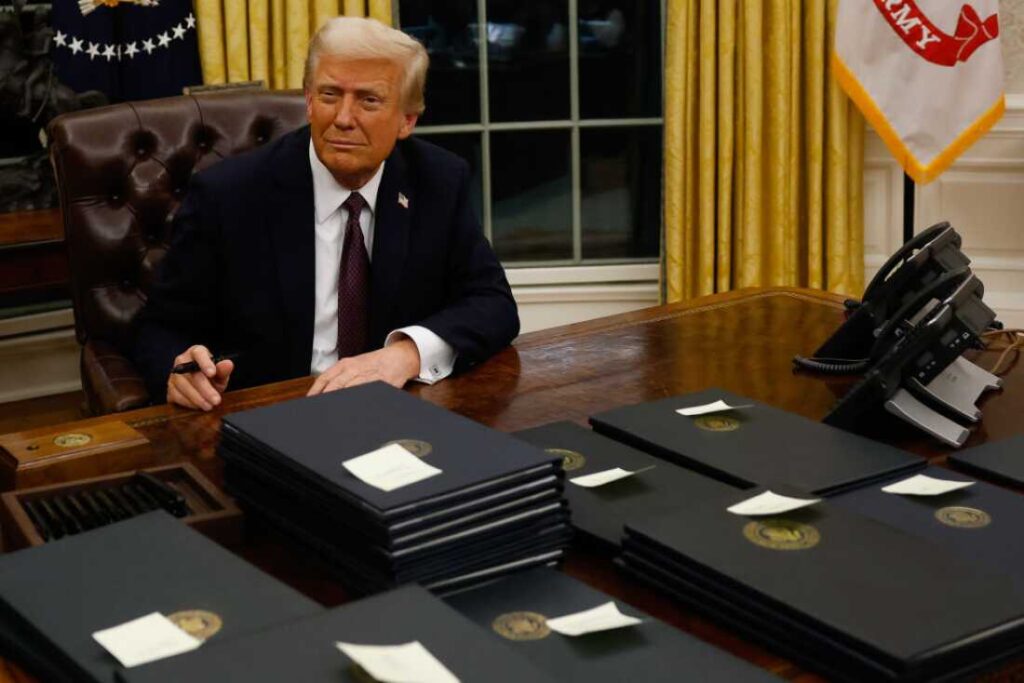
What comes next—and what to watch
- Diplomacy vs. action on Iran: Will two weeks (counting from June 19) bring a breakthrough—or an order for military moves? Watch signals from Tehran, Jerusalem, and Washington closely.
- November’s courtroom deadlines: The hush‑money sentencing on November 26 could land just after Election Day. That timing could mute its political resonance.
- Project 2025’s unfolding: Expect further deregulatory orders, federal staffing reorganizations (Schedule F), and more “America First” policies in the weeks ahead, before mainstream visibility ramps back up.
Trump’s May speech highlights his early pivot toward domestic policy resets—mirroring Project 2025 goals—even as legal clouds overhang.
FAQs
Why does Trump keep delaying court processes?
He uses appeals to shift legal dates past key deadlines, reduce political impact and frame his prosecutions as “rigged”.
What is Project 2025—and why does it matter now?
A Heritage‑Foundation‑backed plan to radically centralize executive power. Trump’s first executive moves echo it closely.
Will this “time buy” strategy work politically?
It’s effective for avoiding short‑term fallout. But it depends on whether new developments—like actions on Iran or court reversals—steal back attention.

